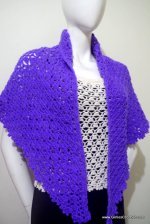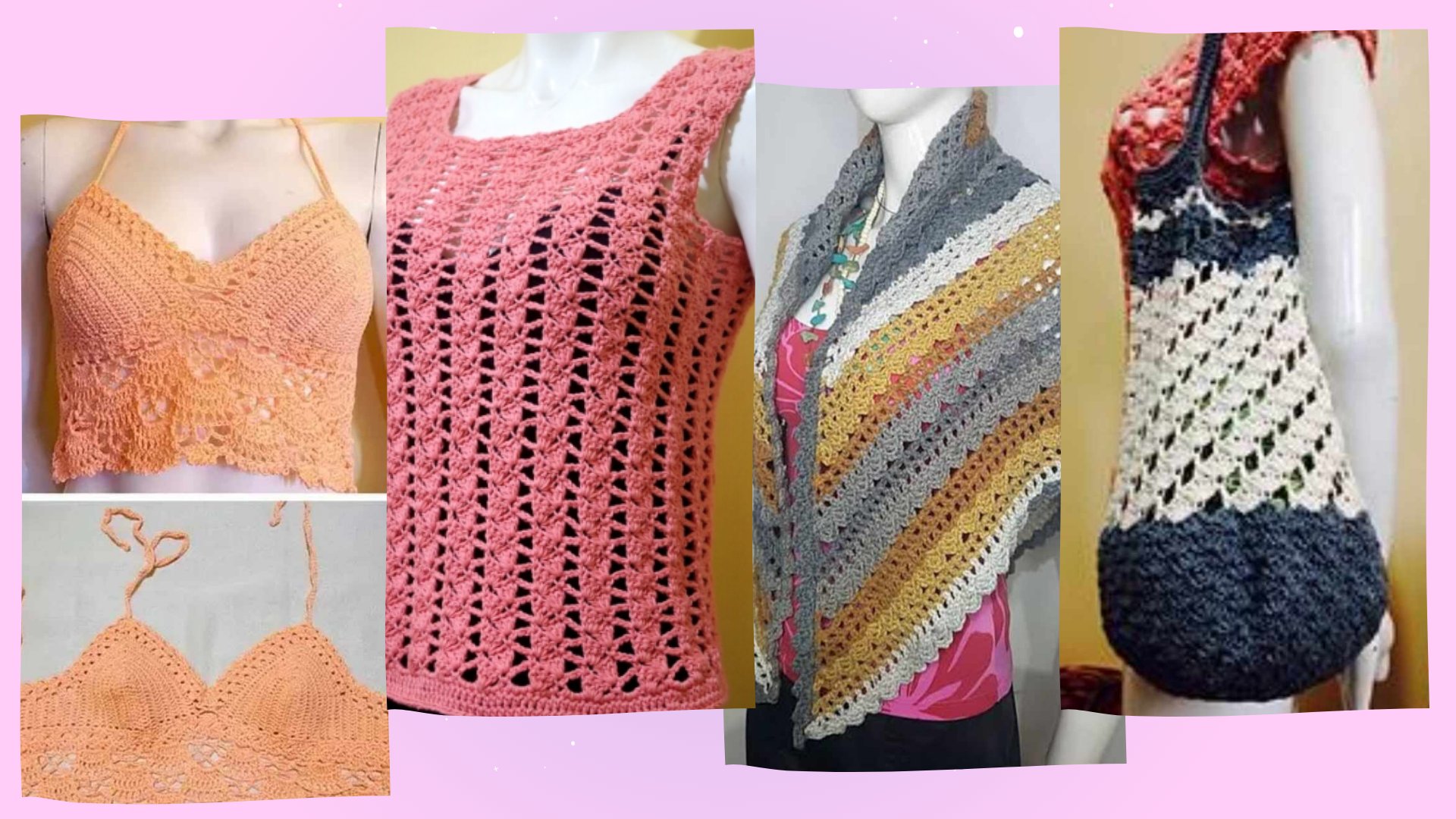-
Blocking
The final finish, a crochet techniques to any crochet and to give it a professional look, we should wash and block it. Blocking is necessary in almost all needlecraft projects and may be done either before or after the projects is assembled.
Use a neutral soap and cool water. Squeeze the suds through the crochet, but do not rub; rinse thoroughly. Drain away the water and roll the crochet in a towel to blot away excess moisture.
If desired starch the crochet lightly. Using rustproof pins, pin the crochet right side up on a well-padded surface. Pin around the edges at regular interval.
When the crochet is dry, lay the project flat, cover it with a damp cloth, and press it lightly with an iron, allowing steam to form and keeping the iron moving over the project. Do not let the iron to rest on the stitches.
Most crochet projects made with synthetic yarns will have resiliency to them, so that they will remain close to the size to which they were made, wool project, however, and even some cotton can be stretched slightly if desired while the garment is still damp.
Running tails: Use a tapestry needle to run in any remaining yarn tails on the wrong side of the work, where they will not show. You may run the needle in and out, either along a seam, or through the backs of the crochet stitches for at least 2”. Break off
Girlie's Crochet > Crochet Techniques > Blocking
-
-












New! Comments
Have your say about what you just read! Leave me a comment in the box below.